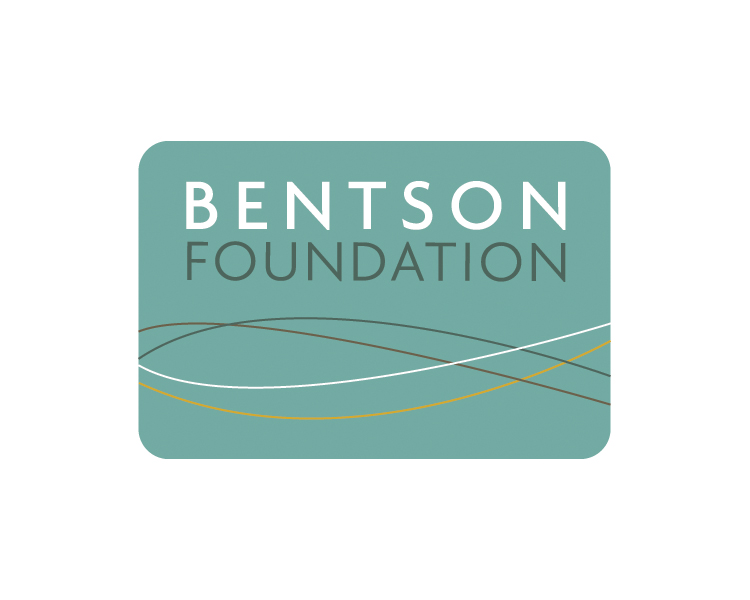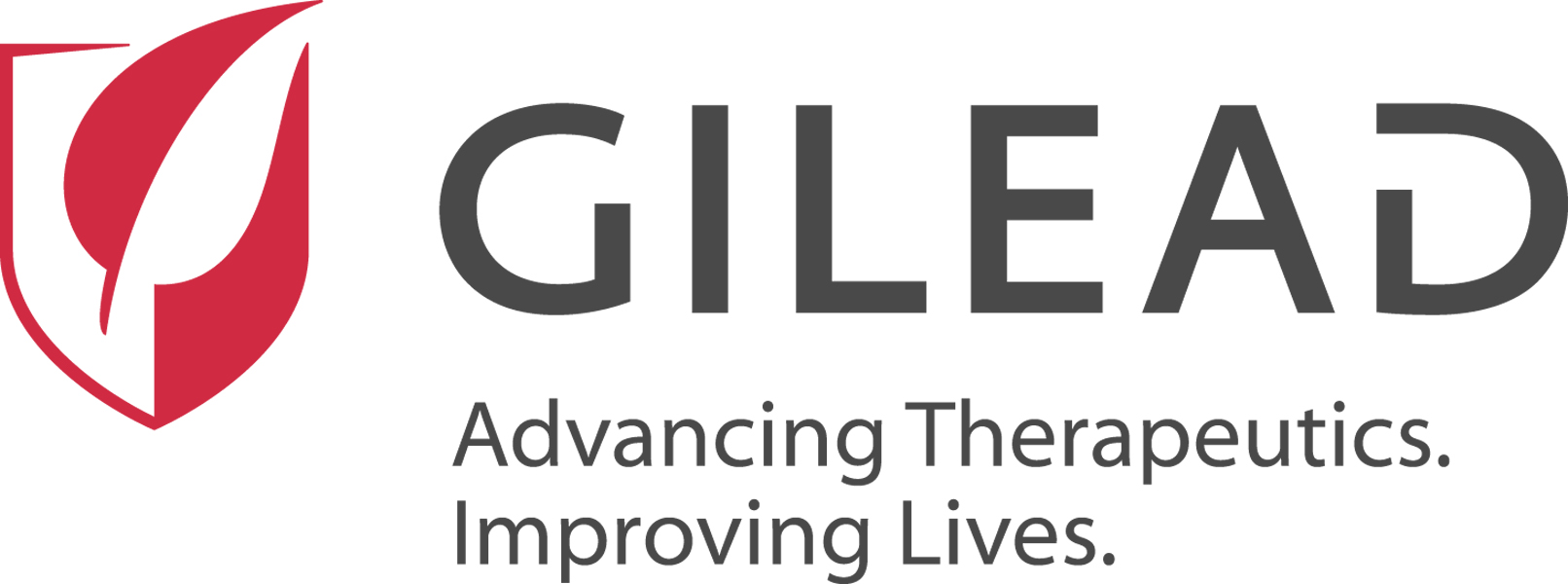- CEPI, the Coalition for Epidemic Preparedness Innovations, announced yesterday a $7.3 million partnership with the Serum Institute of India and the University of Oxford to create the world's largest Nipah virus vaccine reserve — up to 100,000 doses of the University of Oxford's ChAdOx1 NipahB vaccine. The money will initially help fund a phase 2 trial in a Nipah-affected country. "By advancing clinical testing and manufacturing thousands of vaccine doses against one of the world's deadliest viral pathogens, in a region where the virus persistently occurs, we're creating a state of readiness against Nipah outbreaks," said Amadou Sall, PhD, CEPI's executive director of manufacturing and supply chain, in a CEPI press release. Nipah virus has a high case-fatality rate, killing 75% of those infected.
- Cholera activity dropped significantly across the globe last month, according to a new a multi-country outbreak report from the World Health Organization (WHO) published today. In September cases were down 27% from August, while cholera-related deaths declined 37%. From January 1 to September 28, a total of 518,324 cholera cases and 6,508 deaths were reported from 32 countries across five WHO regions. Though September brought a decline in activity, 2025 has seen an increase in cholera-related deaths, surpassing last year's total of 6,028 fatalities.
- Today the US Department of Agriculture's Animal and Plant Health Inspection Service (APHIS) reported roughly 50 new detections of highly pathogenic avian flu in more than a dozen states. Utah had 14 reports of sickened birds, mostly in Weber and Davis counties, including Canada geese, a great horned owl, and a mallard. Alaska's North Slope County recorded four infections in common ravens, and Grant County, Washington, reported seven detections in waterfowl.
Quick takes: Nipah vaccine project, global decline in cholera, avian flu in US wild birds
Antiviral prescribing for kids at risk of severe flu declined during COVID, study finds

Antiviral prescribing for children with increased risk for severe influenza declined during the COVID-19 pandemic compared with the prepandemic period, despite unchanged treatment guidelines, researchers reported last week in JAMA Network Open.
For the study, a team led by researchers with Vanderbilt University Medical Center analyzed flu antiviral prescribing in influenza-positive children aged 18 and younger who presented to the emergency department (ED) at one of seven US pediatric academic hospitals from December 2016 through June 2023. The researchers focused on kids with a higher risk of severe illness, because guidelines recommend they should be treated as soon as possible with antivirals if they have suspected or confirmed influenza. They wanted to investigate whether the introduction of COVID-19 screening and treatment protocols, along with overlap in symptoms between COVID-19 and flu, affected adherence to flu treatment guidelines.
"Diagnostic uncertainty and intensified testing may have influenced physicians’ prescribing practices for influenza antivirals," the authors wrote. "However, it remains unclear whether the pandemic-related outcomes on the management of pediatric ARI in the ED led to changes in antiviral prescriptions for patients at increased risk of severe influenza."
Discrepancy between testing, treatment
Of the 3,338 influenza-positive children included in the study (media age, 3.9 years), 2,514 (74.4%) were classified as having higher risk of severe flu during the pre-pandemic (December 2016 through March 2020) and late pandemic (July 2021 through June 2023) periods. Among these children, 713 (28.4%) were prescribed an antiviral. When stratified by periods, 32.2% (622 of 1,931 children) were prescribed an antiviral in the prepandemic period, compared with 15.6% (91 of 583 children) in the late-pandemic period, a 53% relative decrease.
Notably, the researchers also found that clinical flu testing was higher among children who were flu-positive and at higher risk for severe illness in the late pandemic period than it was during the prepandemic period—77.6% vs 53%.
"This discrepancy between testing and treatment underscores the need to promote guideline-concordant antiviral prescribing, since timely initiation of treatment has been shown to reduce the severity and duration of influenza illness, thus lowering the risk of complications and hospitalization," the authors concluded.












